Key Consideration For Your Home Addition Project
Planning the addition is the first step in your home extension project, guaranteeing structural integrity and safeguarding the existing structure from harm.
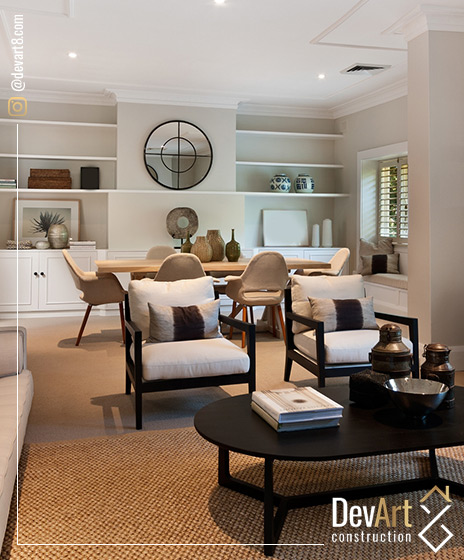
- Assess existing home structure for load-bearing capabilities and integration challenges.
- Adhere to Austin home addition codes and zoning regulations for safety and compliance.
- Align new addition design with intended functionality and personal needs.
- Ensure compatibility with the existing home’s style, color scheme, and architectural features.
- Incorporate universal designs for accessibility requirements.
- Prioritize natural light, ventilation, and insulation in the new addition layout.
- Emphasize energy efficiency and evaluate construction materials for sustainability.
- Consider placement and integration of plumbing and electrical systems with the existing home.
Common Types of Home Addition
Home additions offer unique benefits, allowing homeowners to customize their space and enhance comfort and value. Let's explore seven common types:
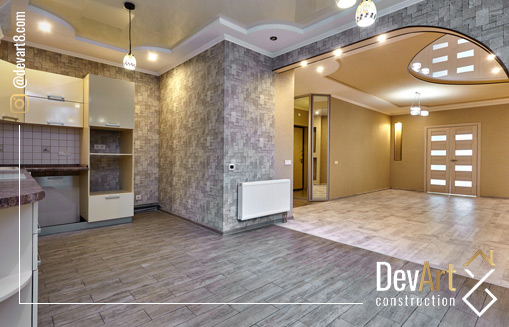
Bump-Out for More Square Footage
A bump-out is a small expansion that can significantly increase space in a room, making it an excellent solution for cramped kitchens or bathrooms. They can improve functionality and provide a favorable return on investment by incorporating a bathtub or expanding the kitchen area. Bump-outs optimize small spaces, add aesthetic charm, and create a more comfortable and efficient environment.
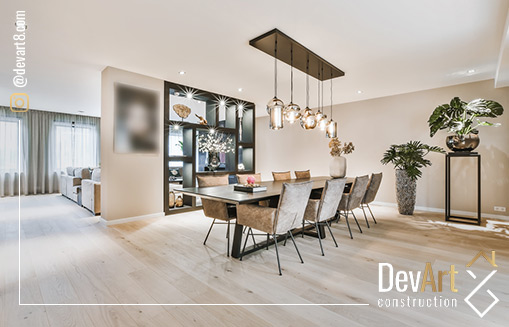
Conventional Home Addition
Conventional home additions are an excellent way to increase living space without moving. These additions can include multi-room living areas, such as an expanded living room, a new bedroom suite, or even a new floor. They provide customizable designs that cater to your specific needs and desires and can significantly enhance the value of your home.
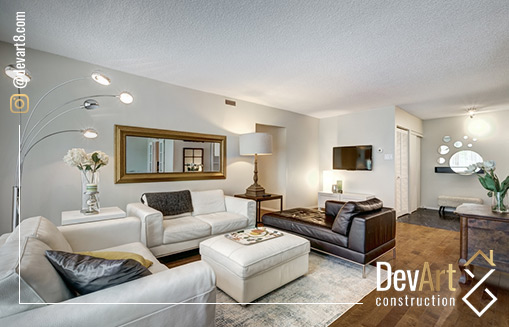
Full Home Addition
A full home addition can double your home’s size by adding a new story or expanding the ground floor. Despite being a significant undertaking, it can significantly enhance your living space and property value. It offers tailor-made living areas and specialized rooms like a home office or gym, bringing functionality and beauty to your home.
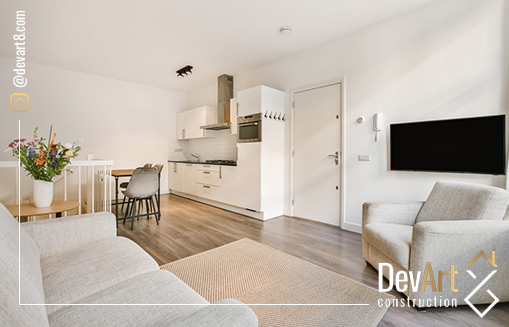
Second Story Addition
Adding a second story to your home is a popular choice for those who want to increase their living space without encroaching further on their lot. It can double the size of your home and allow for functional rooms like extra bedrooms, an office, or a recreational area. This can enhance the overall look of your home and increase its market value. Meticulous planning, adherence to building codes, and the expertise of an experienced construction team are crucial to ensure a successful and safe build.
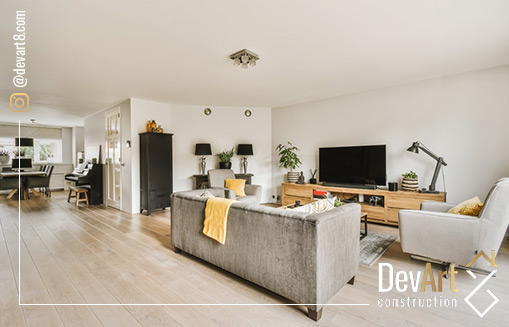
Sunroom
A sunroom can be a great addition to any home, offering a unique space to relax and enjoy the outdoors without leaving the comfort of your own home. With its large windows and skylights, a sunroom is designed to let in abundant natural light and provide panoramic views of your surroundings. This space is versatile and can be used for various purposes, such as an indoor garden, a reading nook, or a breakfast area. Not only does it enhance the aesthetic appeal of your home, but it can also provide a tranquil space for relaxation and contribute to your mental well-being.
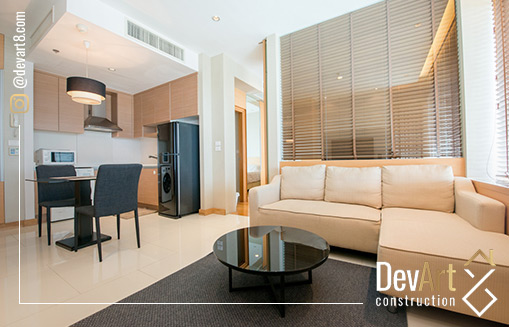
Kitchen Addition
A kitchen addition is a great way to enhance the functionality of a home. It can provide the space needed for modern appliances, increased storage, and even an island for extra workspace. Homeowners can enjoy an improved culinary experience and daily living with a well-designed kitchen addition. It’s no wonder kitchen additions are popular among homeowners who love cooking or entertaining. From cozy country kitchens to sleek, modern designs, a kitchen addition can be customized to match personal culinary needs and design preferences. It’s an investment that can add significant value to a home.
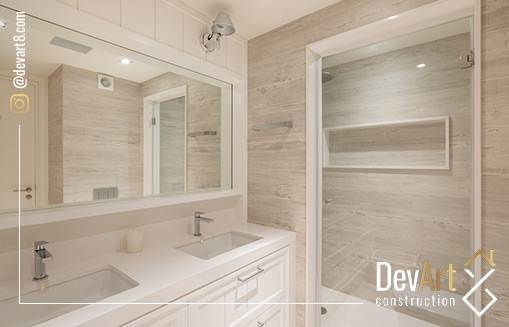
Bathroom Addition
Adding a bathroom to your home can improve comfort and convenience, especially in busy households. A new bathroom, whether it’s a luxurious master bath or a simple powder room, can be designed to cater to your family’s needs and increase your home’s value. It can also create a private sanctuary with features that reflect your preferences, such as a spa-style tub or a space-maximizing layout. With its appealing facilities, a well-designed bathroom addition enhances your home’s marketability.
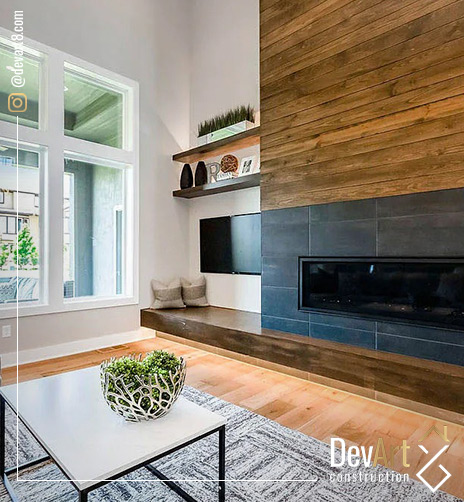
Home Addition Planning and Design Guide
Collaborate with our design and planning team to create detailed plans and renderings for your new addition, taking into account zoning regulations, building codes, and accessibility requirements.
- Identifying your needs for the addition, such as extra living space, storage, or updated features.
- Conducting a site survey to gather essential information, considering zoning and building codes, site access, and potential challenges.
- Conceptualizing the design to include your desired features and comply with local Austin home addition codes.
- Refining and finalizing the design to meet all your requirements
Designing Room Addition with Universal Appeal
Design room addition with universal appeal: aesthetically pleasing, cater to diverse needs, blend functionality with style, adaptable to changing requirements. Key factors to consider.
Accessibility for All
Ensure easy access to all areas of the addition, accommodating individuals of all ages and abilities.
Adaptable Layout
Design a flexible layout that can easily be reconfigured to meet changing needs or preferences.
Safety
Prioritize safety measures, such as non-slip flooring and secure railings, to prevent accidents.
Functionality
Aim for a design that maximizes usability with practical storage solutions and efficient space utilization.
Comfort
Incorporate elements that enhance comfort, like quality insulation and ample natural light.
Future-Proofing
Consider how the room might be used and design it to accommodate potential changes in lifestyle or technology.
Resale Value
Remember that well-designed, versatile spaces can significantly increase your home’s resale value.
Sustainability
Opt for eco-friendly materials and energy-efficient appliances to minimize environmental impact.

Effortlessly Plan Your Home Addition in Austin
Want to expand your living space in Austin? Our experienced team is here to guide you through the process, ensuring a flawless Austin home addition from planning to completion. We prioritize your unique needs, creating spaces that add value and enhance your lifestyle. Contact us today to start your home addition journey and transform your living space!
Regulations For Home Additions in Austin
Undertaking a home addition in Austin requires adherence to local building regulations and standards. These rules ensure the safety, accessibility, and overall quality of your construction.
Following these guidelines ensures your home addition is legal and structurally sound. Here’s a brief overview of the key regulations:
Local Building Codes
Austin mandates specific building codes to ensure homes’ safety and structural integrity. These prescribe the materials, design parameters, and construction practices that must be followed in a home addition project.
Zoning Regulations
Zoning rules in Austin govern where and what you can build on your property. These regulations include building height, setback requirements, and lot coverage.
Accessibility Standards
Austin has established accessibility standards to ensure the built environment is accessible to all, including people with disabilities. These standards demand careful consideration of elements like door widths, ramp gradients, and bathroom layouts.
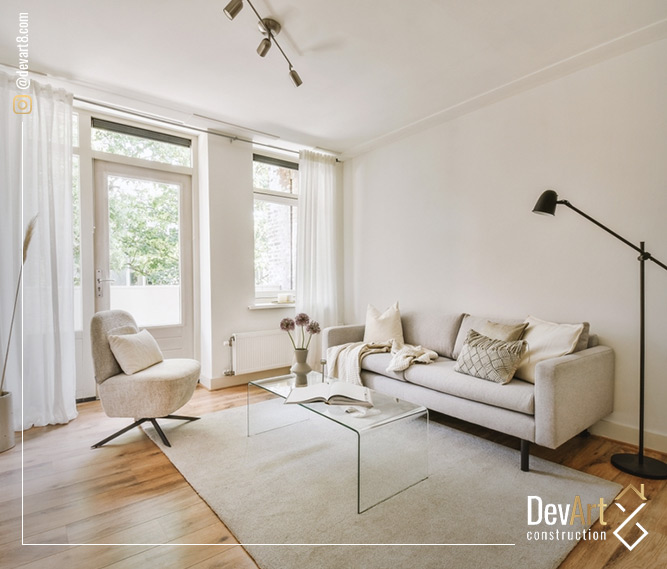
Following specific regulations is crucial to ensure a smooth and legal home addition in Austin. These regulations aim to guarantee your new addition’s structural integrity, safety, and aesthetic cohesion. Here’s a breakdown of the critical elements required for your building permit application:
| Aspect | What You Can Expect |
|---|---|
| Site Plan and Vicinity Map | This detailed map shows the location of your property, existing structures, and proposed additions to property lines, streets, and utilities. |
| Foundation | This plan outlines your foundation's type, size, and depth based on soil conditions and structural load. |
| Floor Plan | This detailed drawing shows the layout and dimensions of your addition, including room sizes, doors, windows, and plumbing locations. |
| Roof-Framing Plan | This plan exhibits the roof structure, including trusses, beams, and rafters, ensuring proper support and drainage. |
| Exterior Elevation Views | These drawings present the exterior elevations of your addition from different sides, showcasing its design and materials. |
| Connection Details | This section details how the new addition will be connected to the existing structure, ensuring structural integrity and code compliance. |
Obtaining Permits and Approvals for Home Addition
At DevArt8 Construction, we navigate the room addition permit process efficiently, guiding you through applications and inspection scheduling. Permit requirements vary based on the addition’s type and scope, potentially involving alterations to floor plans, electrical systems, plumbing, and detached structures.
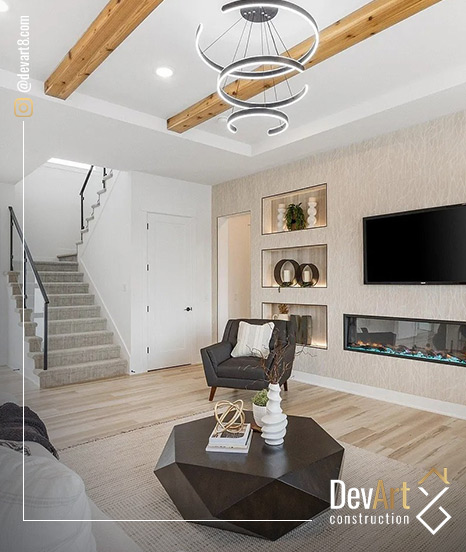
- Building Permit: A Building Permit is mandatory for new constructions and renovations, ensuring the structural safety of the project.
- Grading Permit:If your project involves significant land alteration, a Grading Permit helps preserve the site's natural landscape and drainage.
- Electrical Permit: Any electrical work involved in the home addition necessitates an electrical permit to safeguard against potential electrical hazards.
- Plumbing Permit:A Plumbing Permit is required for any changes or additions to a home's plumbing system, ensuring proper water supply and waste disposal.
- Mechanical/HVAC Permit: For installations or alterations to heating, ventilation, and air conditioning systems, a Mechanical/HVAC Permit is necessary.
- Demolition Permit: If your project involves demolishing existing structures, a Demolition Permit must be obtained to ensure safe and responsible materials disposal.
- Zoning Permit: A Zoning Permit certifies that your project complies with local zoning laws dictating land use and building parameters.
- Environmental Permits: These permits are needed when a project might impact the environment, ensuring your home addition adheres to environmental regulations and standards.
Home Addition Construction Process
Building home addition involves several crucial steps to ensure a safe, durable, and aesthetically pleasing outcome. The following are a general overview of the process, which may vary depending on the project’s scope and complexity:
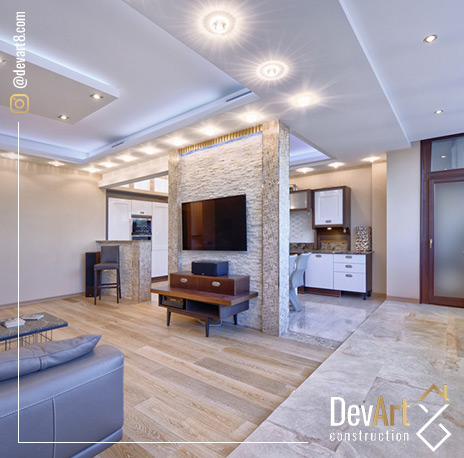
- Demolition: The first step involves removing existing structures or elements where the new addition will be constructed. This step must be carried out carefully to prevent damage to surrounding structures.
- Site Preparation: The site is prepared for construction once the area is cleared. This typically involves leveling the ground, marking out the boundaries of the new addition, and setting up any necessary safety measures.
- Foundation Work: The foundation is laid to provide stability and structural support for the new addition. This process varies based on the foundation type (e.g., slab, crawl space, or basement).
- Framing: With the foundation in place, the basic structure of the addition is built using a skeleton of wood or metal, known as the frame. This step establishes the overall shape and size of the addition.
- Rough Plumbing and Electrical: Contractors install the essential plumbing and electrical systems once the frame is up. This process stage includes running pipes and wires but doesn’t involve installing fixtures or outlets.
- Insulation and Drywall: The next step involves insulating and installing drywalls. Insulation helps regulate temperature within the addition, while drywall provides a smooth surface for interior walls.
- Finishing Work: The final construction phase includes finishing the interior and exterior surfaces, installing fixtures and appliances, and adding final touches like paint and trim. At this stage, the addition begins to look like a finished space.
FAQs
Start Your Project





